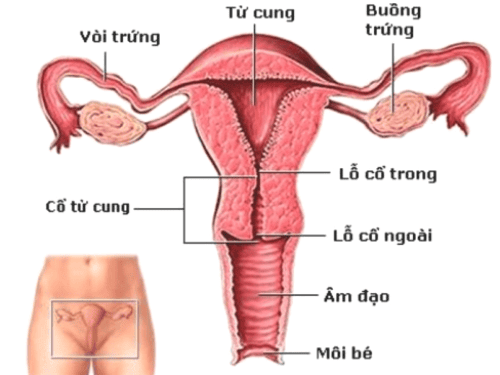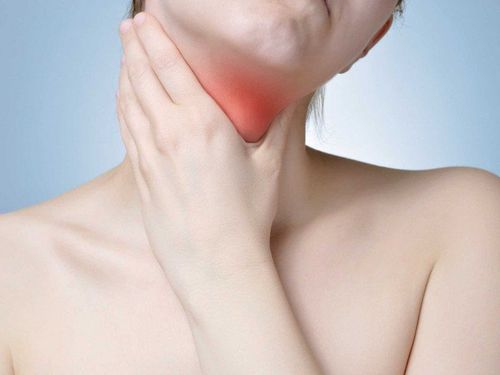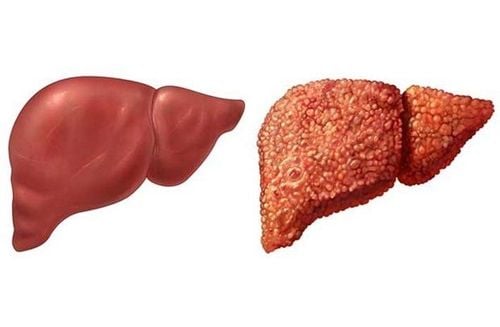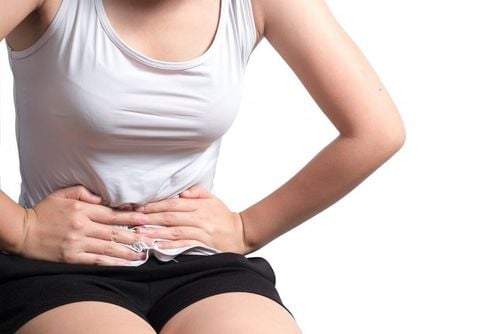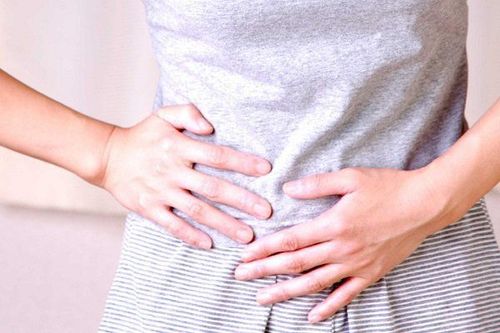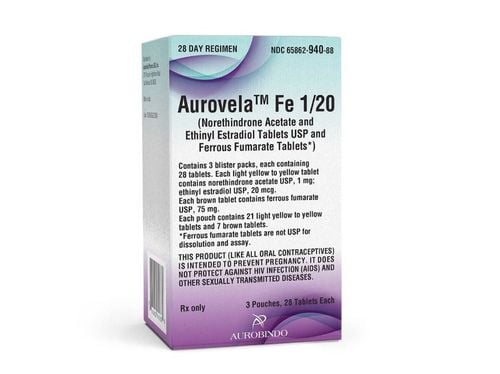This is an automatically translated article.
The article was professionally consulted with Doctor Obstetrician and Gynecologist - Department of Obstetrics and Gynecology - Vinmec Hai Phong International General Hospital.
The ovaries play an important role in maintaining reproductive health in women. It secretes 2 main hormones, estrogen and progesterone. Diseases related to the ovaries include ovarian cysts, ovarian cancer, menstrual cycle disorders and polycystic ovary syndrome.
1. Ovarian Anatomy
The ovaries are oval in shape and about the size of a large grape. They are located at opposite ends of the pelvic wall, on either side of the uterus. Each ovary is attached to a fimbria - the tissue that connects the ovary to the fallopian tube.
2. The role of the ovaries
The ovaries are a pair of egg-producing organs that help maintain female reproductive health. Like the testicles, the ovaries are known as the gonads, in simple terms they are the main reproductive organs of the body.
In addition to the role of producing eggs, the ovaries are also a type of endocrine gland because they secrete 2 hormones, mainly estrogen and progesterone, which are very important for the development of the body in general and reproduction in particular. .
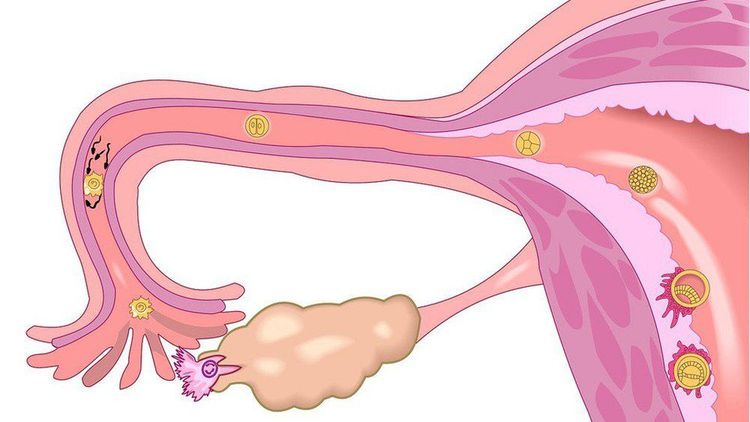
3. The hormones of the ovaries
The ovaries produce and release two groups of sex hormones progesterone and estrogen. In fact, there are three main hormones: estradiol, estrone, and estriol. They work together to promote the healthy development of female sex characteristics during puberty and ensure fertility.
The hormone estrogen has a role in breast development, fat distribution in the hips, legs and breasts, as well as the development of reproductive organs.
To a lesser extent, the ovaries release the hormone relaxin before a woman gives birth. There is also another hormone like an inhibitor - which is very important when it comes to signaling to the pituitary gland to inhibit the secretion of follicle-stimulating hormone.
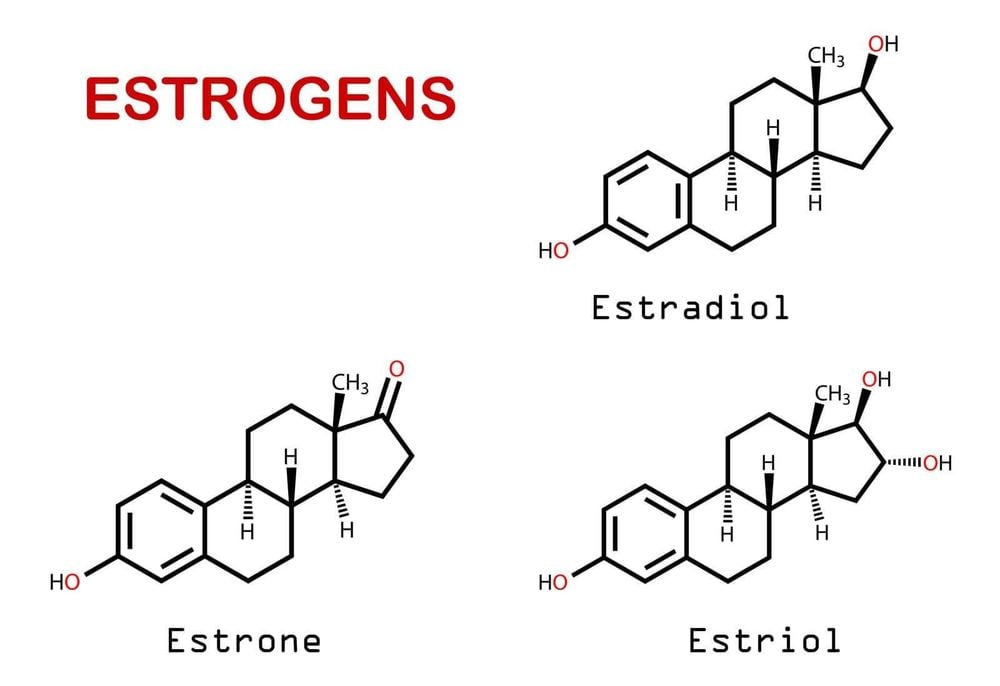
4. Progesterone and Estrogen hormone production process and role
Progesterone and estrogen are essential for the uterus to prepare for menstruation. The release of these two hormones is activated by the hypothalamus.
When a female reaches puberty, the ovaries release one egg per month. The hypothalamus sends signals to the pituitary gland to release sex hormones (including follicle-stimulating hormone and luteinizing hormone). These hormones are essential for normal reproductive function, including the regulation of the menstrual cycle.
As the egg travels down the fallopian tube, progesterone is released. It is secreted by a temporary gland that forms in the ovaries after ovulation, called the corpus luteum. Progesterone prepares the body for pregnancy by thickening the lining of the uterus. If pregnancy does not occur, the corpus luteum disappears.
If pregnancy occurs, estrogen and progesterone levels will be triggered to increase, preventing the egg from continuing to mature. Progesterone is released to prevent uterine contractions that can disturb the developing embryo. In addition, hormones also prepare the mother for lactation.
Increased estrogen levels near the end of pregnancy are a warning for the pituitary gland to release oxytocin that causes uterine contractions. Before birth, the ovaries release relaxin, which helps loosen pelvic ligaments in preparation for labor.
More hormones are released during pregnancy than at any other time in a woman's life. However, during menopause, this marks the end of fertility with a rapid drop in estrogen production, which can lead to a host of complications for a woman.

5. Diseases and disorders of the ovary
5.1 Osteoporosis Osteoporosis is often associated with menopause in women, in addition to other manifestations such as mood swings or hot flashes.
Menopause is marked by a rapid loss of estrogen. The role of estrogen in bone loss can be best described in the battle between osteoblasts and osteoclasts. Estrogen goes hand in hand with the bone-forming cells, but as this hormone diminishes the osteoblasts are discouraged from producing more, resulting in the osteoclasts winning by absorbing more bone than is being produced.
In this case, estrogen replacement therapy during menopause will help protect the bones and counteract the risk of osteoporosis fractures. This therapy is suitable for most women, except for those with breast or uterine cancer; have poor liver function or have liver disease; history of blood clots. Estrogen can be taken in the form of a skin patch and pill, depending on the brand your doctor recommends.
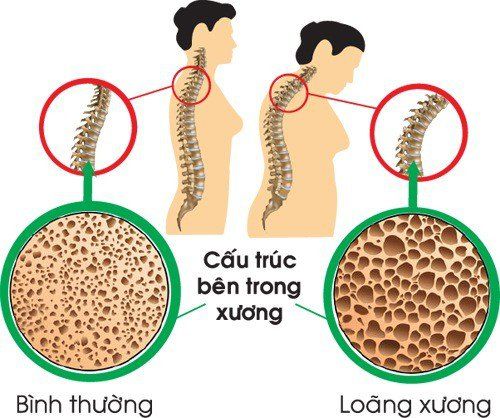
5.2 Ovarian cancer Ovarian cancer is an extremely serious but rare disease. Symptoms of the disease are often not apparent until the cancer has progressed to an advanced stage.
Symptoms of ovarian cancer include: persistent abdominal pain, bloating, indigestion, abnormal uterine bleeding and pain during intercourse. These are very common, confusing problems that in most cases cannot indicate cancer. That's why it's important for a woman to pay attention to her body, and to talk to her doctor about anything out of the ordinary.
5.3 Ovarian Cyst An ovarian cyst is a fluid-filled sac that affects women of all ages, especially of childbearing age. Cysts are very common, ranging in size from a pea to a grapefruit (small).
Most cysts are harmless, however large cysts over 5cm in diameter require surgical removal, as they can cause torsion of the ovary and disrupt blood supply.
Cysts can form for many reasons. Usually they are simply the result of normal menstruation. The woman will experience no symptoms and the cyst disappears after a few cycles. That's called a functional cyst.
Cysts are mostly benign, but pathological cysts, such as those with polycystic ovary syndrome, can be painful.
Treatment of ovarian cysts depends on the size of the cyst. If you are in pain, discuss this with your doctor to determine the best treatment.
Here are the common symptoms of pathological cysts:
The most obvious symptom is pain, discomfort in the abdomen, vagina, lower back, thighs Tender breasts Bloating Hair on face, back and chest abnormal growths often Pain before or after menstruation, irregular periods Weight gain Fatigue
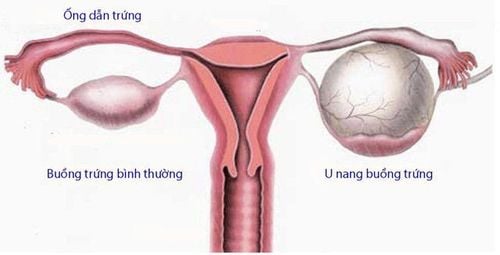
5.4 Polycystic Ovarian Syndrome Diagnosis of polycystic ovary syndrome according to the criteria of the National Institutes of Health (USA) is by pelvic ultrasound, based on signs of hyperandrogenism and amenorrhea. Other features include irregular periods, acne breakouts, and increased hair growth on the face and body.
Polycystic ovary syndrome is basically a hormonal imbalance, many of its symptoms are caused by increased production of androgens. These individuals often have high levels of free testosterone.
PCOS patients are often overweight, insulin resistant and have type 2 diabetes. Many of the symptoms of the disease will fade as the person loses weight.
The ovaries play an extremely important role not only in the female reproductive system but also the endocrine system in general. The hormones secreted by the ovaries play a role in ensuring the proper development of a woman's body and promoting healthy fertility.
Please dial HOTLINE for more information or register for an appointment HERE. Download MyVinmec app to make appointments faster and to manage your bookings easily.




